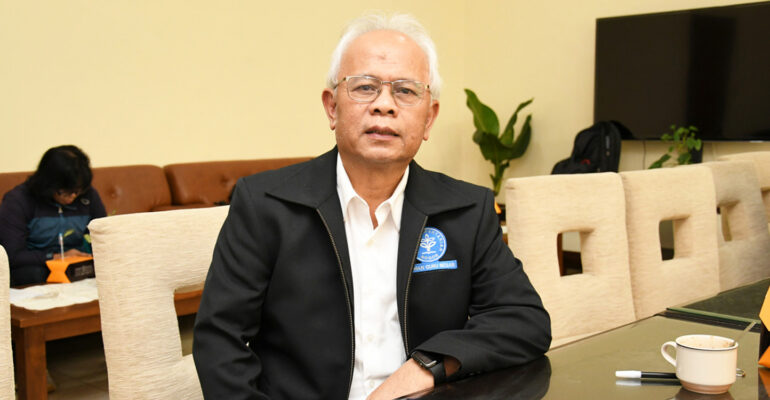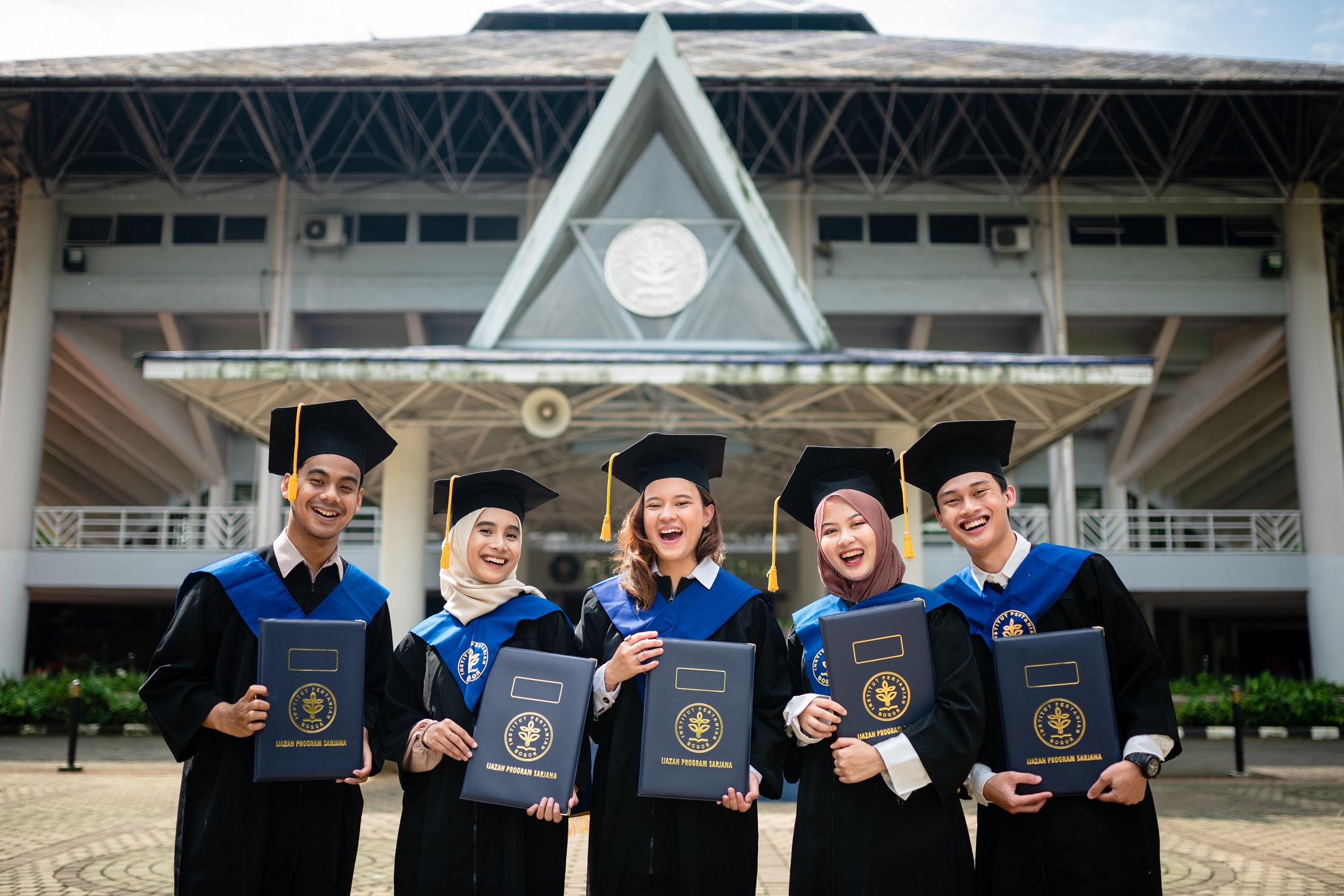IPB University Professor: Coconut is a Social Crop After Rice

IPB University Professor: Coconut is a Social Crop After Rice
Professor of the Faculty of Agriculture at IPB University, Prof Sudrajat, said that coconut has an important role as a social crop after rice in Indonesia. According to him, coconut is not only an agricultural commodity, but also part of people’s daily lives.
Based on data from the Food and Agriculture Organization (FAO), Indonesia is the largest coconut producer in the world. Its production will reach 17 million tons by 2022.
“This shows that coconut has great potential in improving people’s welfare if managed optimally,” he said in one of the podcasts on IPB TV’s YouTube channel.
Prof Sudrajat revealed that coconut has three main features. First, in terms of usability, almost all parts of the coconut can be utilized.
“The trunk is used for furniture and export, the fronds for crafts, the leaves for “ketupat”, and the fruit for various purposes, such as copra, oil, coconut milk, activated charcoal, and food ingredients. Coconut water is also known to have health benefits as a substitute for body fluids,” he said.
Secondly, in terms of culture, coconut has long been used in various traditions and specialties of the archipelago. In West Java, coconut is used in making lodeh vegetables, while in West Sumatra, rendang is also inseparable from the role of coconut.
Third, the adaptability of coconut is very broad. Coconut can grow in various parts of Indonesia, from the coast to the highlands, making it a strategic commodity that is easily cultivated by farmers.
According to Prof Sudrajat, more than 95 percent of coconut plantations in Indonesia are owned by the people, so millions of farmers depend on this commodity. With a land area of 3,2 million hectares, the coconut sector involves around 10 to 12 million people in the production, distribution and marketing chain.
“Unfortunately, the coconut processing industry in Indonesia still lags behind other countries. In fact, countries such as the Philippines and India have developed integrated coconut industries to increase the added value of coconut products,” he said.
To improve the welfare of coconut farmers, Prof Sudrajat emphasized the need to develop an integrated coconut processing industry from upstream to downstream in every coconut-producing province.
“The model applied in Riau, which processes all parts of the coconut into various high-value products, can be an example for other regions,” he said.
As a Professor of the Department of Agronomy and Horticulture at IPB University, Prof Sudrajat hopes the government can adopt an area-based approach by establishing coconut processing plants at the sub-district or district level.
In addition, he encourages share ownership schemes by farmers in the coconut processing industry so that they are not only suppliers of raw materials, but also get more benefits from added value products.
The government is also expected to refocus on coconut intensification and rejuvenation programs, as it did in the 1990s and early 2000s.
“Coconut has the potential to be a source of welfare for millions of Indonesians if managed with the right strategy, while also strengthening Indonesia’s position as the world’s largest coconut producer,” he said. (dr) (IAAS/FMT)



